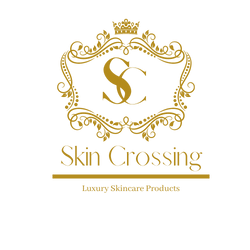Blue Light
Blue light has been shown to help fight depression, insomnia and pain. It's also effective in treating seasonal affective disorder (SAD) because it stimulates the pineal gland to produce melatonin which helps fight depression 19 .
Is Blue Light Therapy Safe?
Yes! There have been no adverse effects reported when using blue or full spectrum lights in a safe manner. Some studies claim that blue light causes some people to feel sleepy while others don't 22 , but this only applies if you're receiving a high dose of blue light 23 (which could cause damage). In any case, there are many different types and
Red Light
The most powerful treatment of all is red light therapy. Dark red LED lights are used for this purpose, as they penetrate deeper into the body than other wavelengths, where it can reach certain parts of the brain that may be affected by mental disorders 20 . The more intense the color of light is, the more energy it releases from your body 21 .
Green Light
Green light is probably the most well known of all colors. It's been used to treat a wide range of conditions and disorders, including depression, insomnia, pain and even digestive issues such as ulcers 24 .
Yellow Light (Amber)
Amber light, in the yellow wavelength range of around 595nm, is effective at treating acne 34 . It has also been shown to stimulate collagen production 35 , 36 and may also have anti-inflammatory properties.

